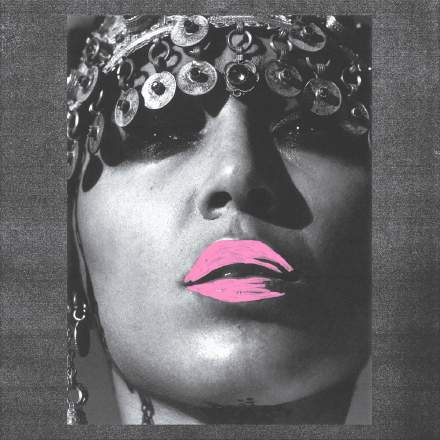
It’s interesting to compare this latest Eurovision triumph with Loreen’s previous winner 'Euphoria'. For example, both clock in at almost exactly three minutes in length, although ‘Tattoo’ runs at a faster 150pm tempo that leaves structural space for a proper eight-bar intro, a prechorus before the first chorus (at 0:39), and an additional eight bars of chorus coda to wrap things up from 2:47. Both also introduce some new material between the first and second choruses, created via melodic and arrangement variation of the song’s first-verse material: in ‘Euphoria’ this provides an eight-bar quasi-prechorus at 1:17, while in ‘Tattoo’ this section-development follows the first chorus directly a 1:18, so retains more of the function of a second verse, preceding as it does the prechorus at 1:31.
And another similarity between the two songs that simply can’t be coincidence is the extensive use of parallel-third manoeuvres between the bass and top line. This stunt was all over ‘Euphoria’, as I commented at the time, but it forms the absolute backbone of ‘Tattoo’. You hear it right from the outset between the first two notes of every three in the arpeggiated synth riff, although it’s at its most obvious during the prechoruses (0:39 and 1:31) between the bass line and the lead vocal. But what’s most interesting about the use of thirds here for me, is the way they’re also baked into the four-bar G#m-B-D#m-F# chord progression that underpins almost the entire song. This constitutes a rising-thirds root sequence (ie. i-III-v-VII) in a world where falling-thirds root sequences are much more numerous – think Adele’s 'Skyfall' or Procul Harum’s 'Whiter Shade Of Pale', for instance.










